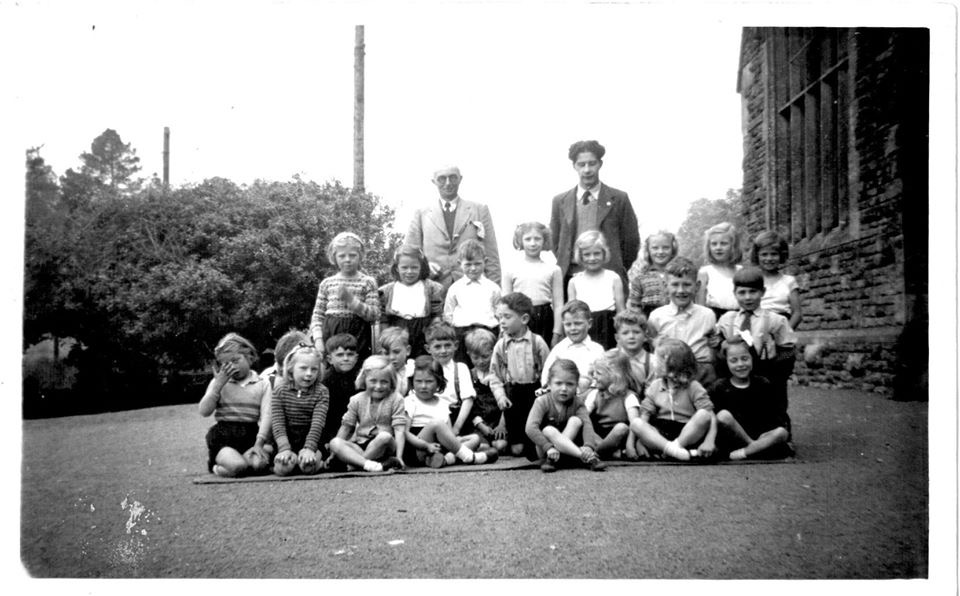
60’s class 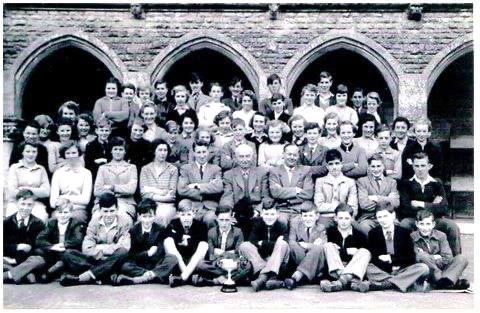

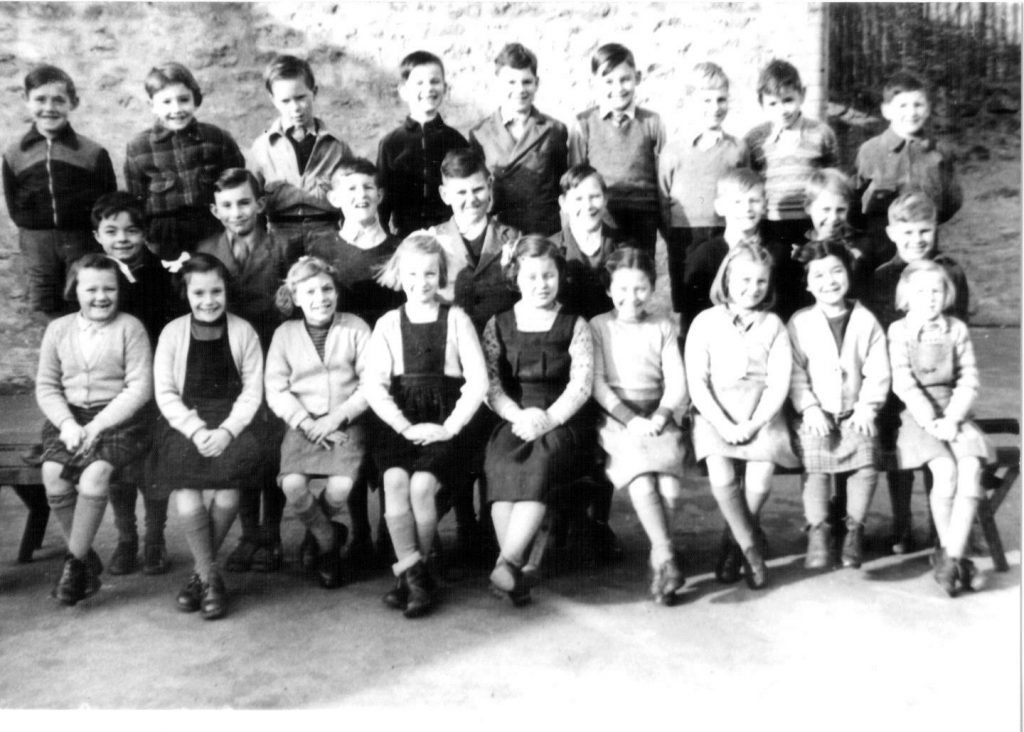
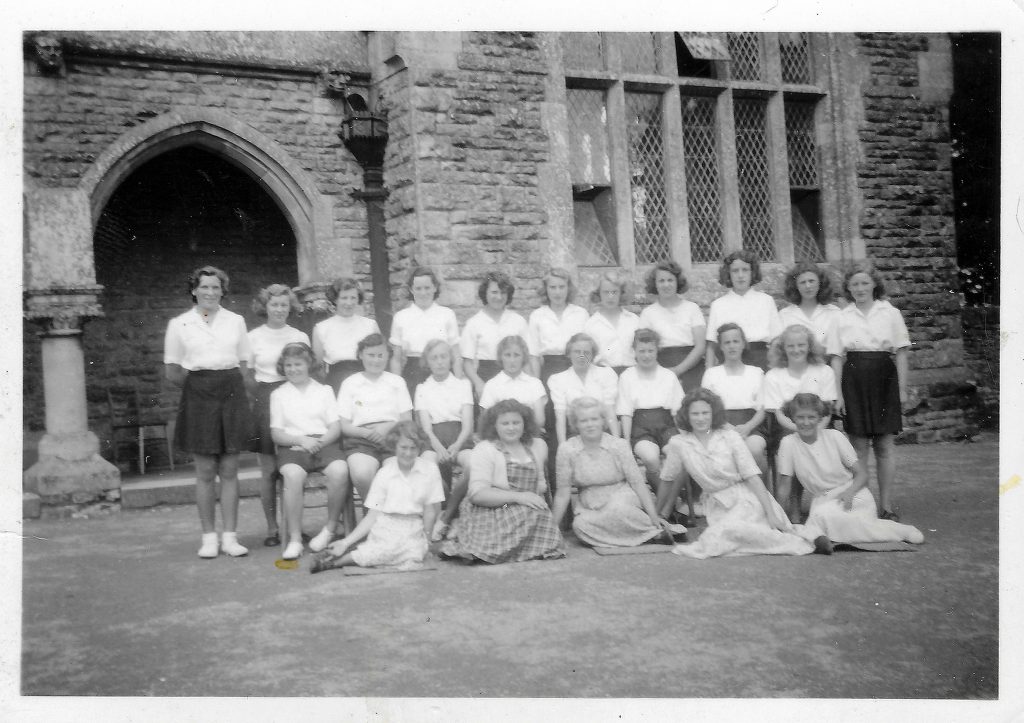
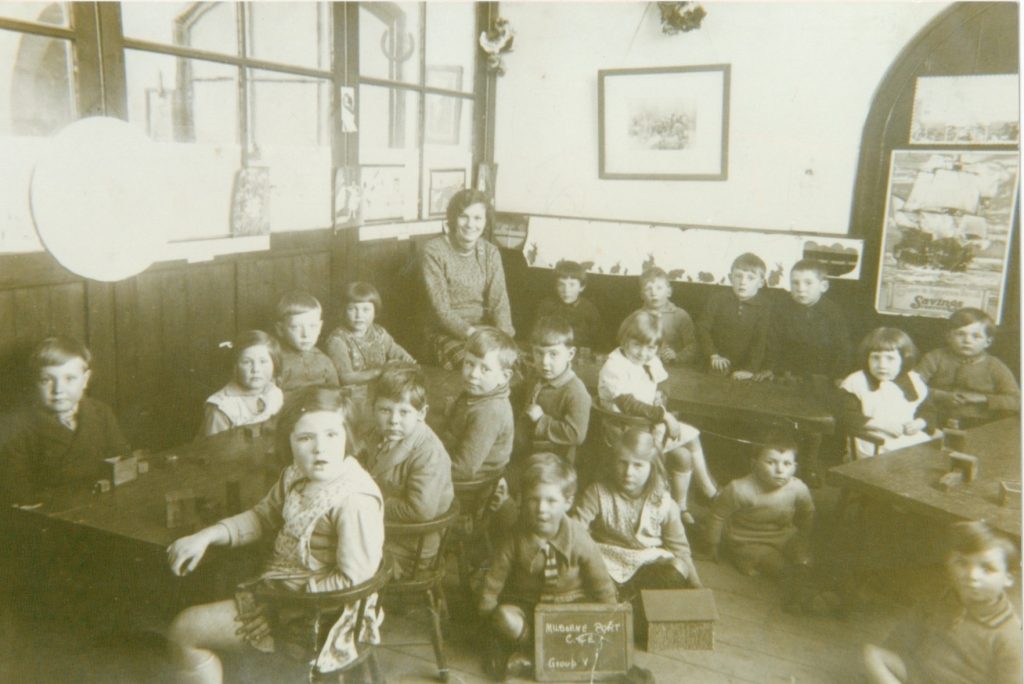

Milborne Port was an Anglo-Saxon town and the Anglo-Saxons encouraged learning among the aristocracy. With the Norman Conquest this changed and generally only those destined for the church were taught to read and write. However, literacy and numeracy were useful to business men and as time passed more people were educated, at least to some extent.
When the Church of England was set up following Henry VIII’s break with Rome, church schools became common. One was opened in Milborne Port in 1540 which was run by the vicar, Robertus Hall, who stayed until 1561. Boys were taught to read and write and studied Greek and Mathematics. Girls were not sent to school, they stayed at home to learn to cook, sew and become dutiful wives and mothers.
All schooling had to be paid for, even though in 1614 the church school was housed in the workhouse.
Milborne Port had an active non-conformist congregation, led by Mr Sprint, who had established a grammar school here before his death in 1715. This was followed in 1751, by the building of the Independent Meeting House and its schoolroom. This is now the English Organ Museum.
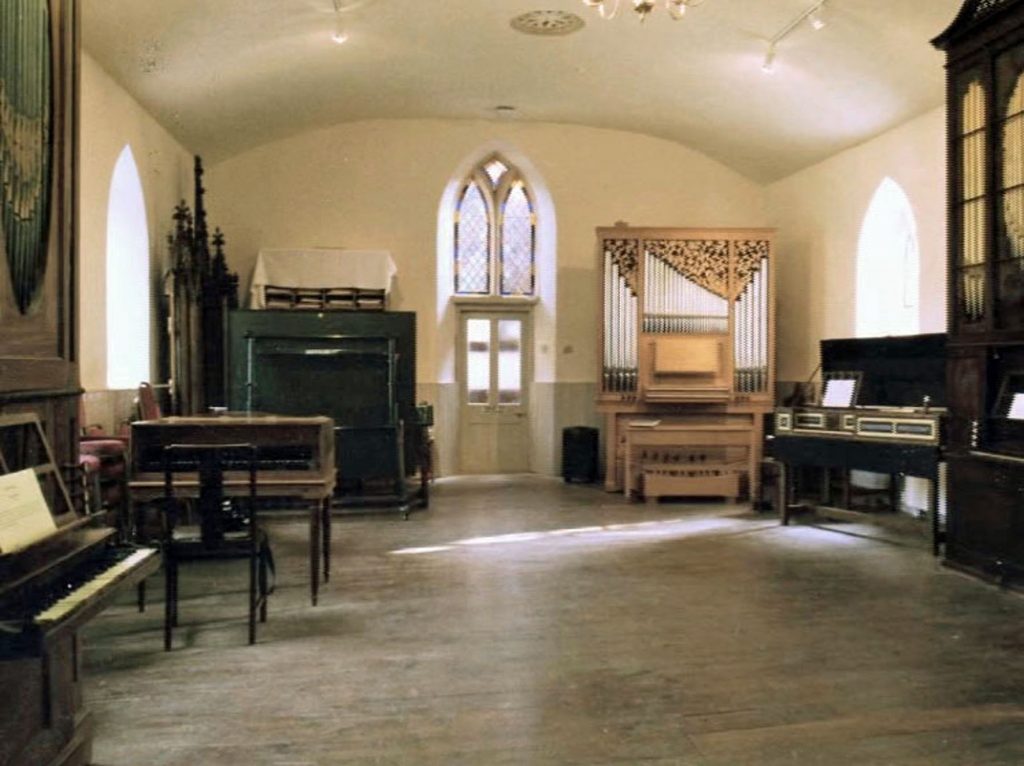
The Methodists followed the non-conformist tradition of offering education to the working classes, particularly Sunday Schools, the only day when working people could get the time to study. Their aim was that everyone should be able to read the Bible.
In addition to the Grammar School opened by John Sprint, Milborne Port had a church Sunday School for 50 children. By 1785 this was so well funded that it was able not only to teach the children to read and observe the Sabbath, but also to provide each child with a coat.
There were other schools in the town. The Anglican church school was run by Johannes Gardner early in the century and then by Joseph Hyde. In 1747 another schoolmaster was also listed.
There were also a number of dame schools, these were small private schools for young children. The school was frequently the teacher’s home where the children learnt the alphabet and to read from the New Testament.
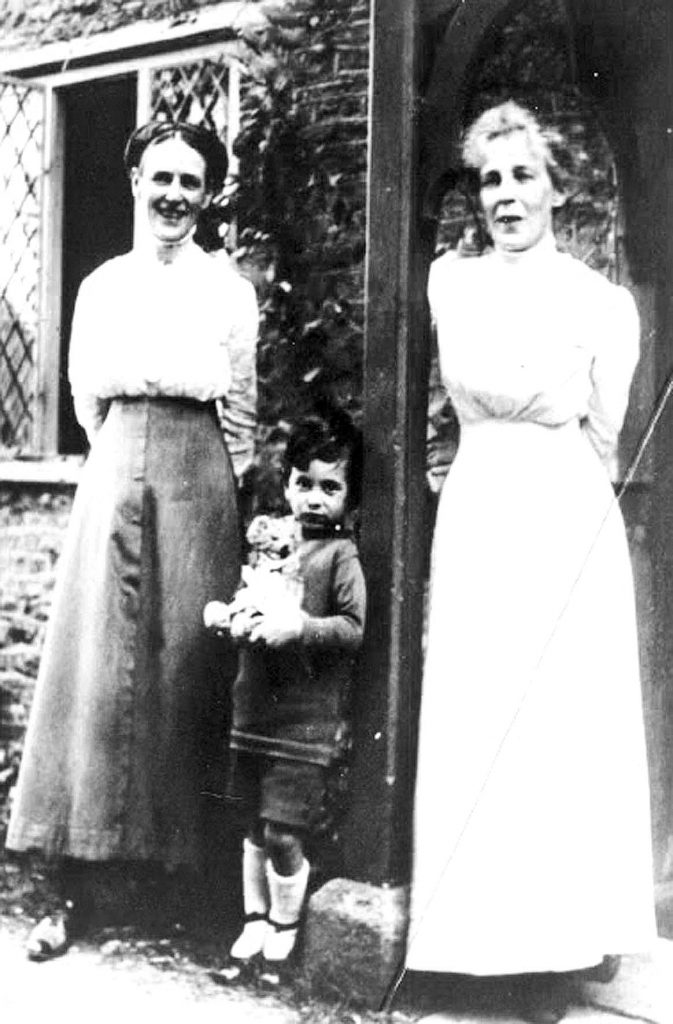
Sometimes these schools provided an education for working class children before they were old enough to work. Fees were about 3d. a week but the quality of education varied enormously. Some teachers provided a good education, others were no more than child-minders.
By 1833,Milborne Port had a National day school with 50 boys and 40 girls, and a National Sunday School with 80 children. There were a further three Sunday schools, with 315 children, and eight other day or boarding schools with a total of 102 children. There were also five dame schools, with 91 children, an infant school with 70 children, and an endowed grammar school with 30 boys.
In the 1850s one school was housed in the room that had been formed when the arches of the Market House were blocked up. This was funded by the Medlycotts, and the schoolmaster was known as Daddy Read; he would take an afternoon siesta, getting one of the boys to keep watch in case a Medlycott came by.
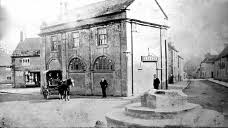
In 1864 Sir William Coles Medlycott had a new school built in Milborne Port, now The Clockspire.
The Laying of the Foundation Stone of the Parochial School took place on 23rd May 1863 in commemoration of the Marriage of Capt. Frederick Betty RA with Miss Sarah Elizabeth Medlycott
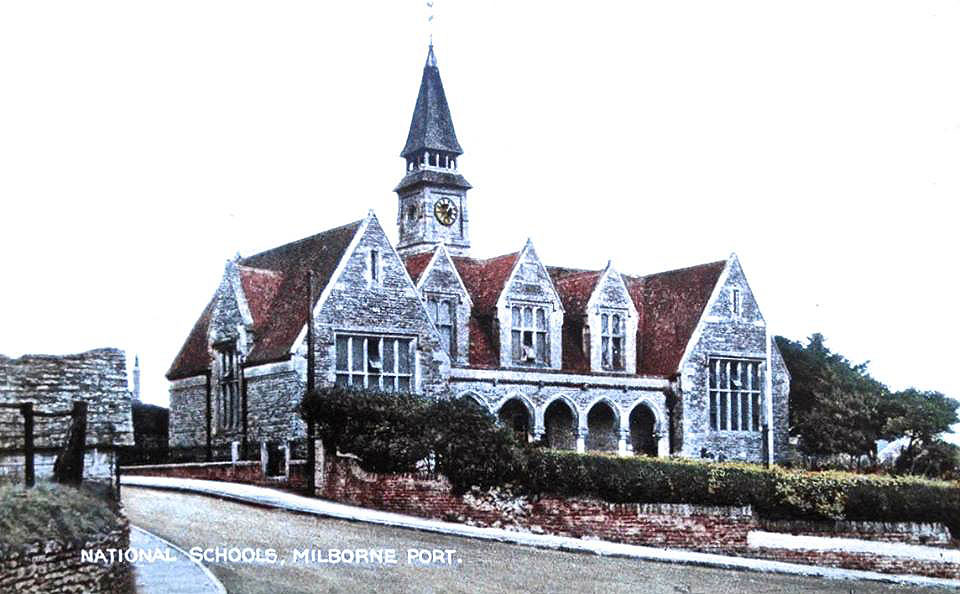
The school was built in the Tudor style, of native stone, and comprised of three rooms, 40 ft x 20 ft. There was an ornamental clock tower on the north side, and a stone arcade on the south front.
The Methodists held bible studies for adults, and by 1873 there was a flourishing theological class, as well as a Sunday School. The school was so popular that the schoolrooms had to be extended in 1893.
All three church Sunday Schools had an annual treat, similar to that described in July 1892, when the Congregational Sunday School treat took the form of a procession from the schoolroom, preceded by the Milborne Port Brass Band, through the town to the gardens of Ven House. The procession was decorated with flowers, flags and banners and the infants were carried in carts lent by Mr Pitman. At four o’clock tea was provided for the children, and at five a public tea was provided for about one hundred and thirty of the congregation and their friends.

The Church school had been extended in 1899 and in 1905 the average attendance was 121 girls and boys and 64 infants. This became the National School, and in 1914 Robert W. Dickinson was the schoolmaster and his wife was the infants’ schoolmistress.
The British school, attached to the Methodist chapel, was enlarged for a second time in 1892. It was taken over by the County Council in 1909, being moved to a new building off North Street (now Glover’s Walk) in 1912. This had space for 120 children, and in 1914 had an average attendance of 68. Frederick R. Summerhayes was the schoolmaster.
During World War Two, evacuees arrived in Milborne Port in large numbers. Some were ill-mannered, swearing more than was acceptable, some were dirty, even had nits but the biggest problem was at the school. The Church school at that time had about sixty pupils, and the teachers were elderly, called out of retirement when the younger ones went to war. Overnight the numbers doubled, and the new pupils had varying standards of education and behaviour.
Another change was the taking over of Ven by Willingdon College.
Willingdon College was a private boarding school from Sussex, but when it was evacuated to Milborne Port it took one or two local boys.
The Education Act of 1944 improved schooling, and raised the school-leaving age to 15. This resulted in the Council school on North Street being used for the infant’s class, while the church school, still operating in the fine building the Medleycott family had provided, became the junior school.
**************
Brian Webber’s School Days
Milborne Port Church of England School (1865-1979)
1940-1950
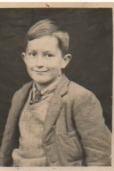
I was about five years old and I did not want to go to school! I can remember my mother dragging a tearful me up Rosemary Street.
“I don’t want to go!”
But at the gate we met the teacher, Miss May Tabor, who lived in East Street. She asked my mother, “Why all the tears?” and my mother told her that I did not want to leave her.
“Come on Brian, take my hand, I will look after you.” And she did.
After about nine months, the time came to move up to a higher class. I was the only one who said that I did not want to leave Miss Tabor, who was my favourite teacher (she even came to my wedding in Sherborne Abbey in 1960).
So with the rest, I moved up to Mrs Smith’s class; she was quite a nice teacher. Mrs Alice Smith was married to Fred Smith and they lived at West View.
Next was a move to the top class, the teacher being the Headmaster, Mr Linley, who was a good teacher but he used the cane at will! I had the cane at least three different times… The first time, I was caught jumping down the wall underneath the trees into the stoke hole. Miss Tabor reported me to the Head and I had two strokes of the cane on each hand. I was also caned for throwing stones at Mr Collard’s horse; I and one other admitted to it but two others didn’t! We had two strokes on each hand again. I also had the cane for watching Arthur Greenstock letting down the tyres of the van of Dewfall the Baker of Henstridge; he pushed a matchstick into tyre’s valve. I had one stroke on each hand because I didn’t try to stop him or tell someone that he was doing it. But I didn’t tell my parents… No doubt they would have punished me more! I think that Mr Linley was right to cane us when we did wrong.
After Mr Linley retired, the new Headmaster was Mr Bradfield, who, with his wife (who was also a teacher) was a little more tolerant. He had a cane and would sometimes remove it from his desk and bend it in front of the class saying, “The next one who misbehaves will get this!” and it’s no surprise that not many people did! I remember him threatening to cane Fred Coombs and Fred said, “You are not hitting me with that!” Mr Bradfield sent Fred down to the Milk Room and sent the rest of us home early. Apparently, after much talking Mr Bradfield decided not to cane Fred Coombs…
We used to have woodwork classes at the Church House and then later at Wincanton. I can remember a woodwork teacher called Mr Tindell. I can also remember fooling around at Church House and throwing a chisel that somehow broke a window. Mr Smart was the caretaker at the time and I had to report it to him.
I did not pass the 11+ examination, my mother putting it down to “a very heavy cold…” This was not quite true as although I was fairly good at some subjects, I found others difficult to learn so my average ability was just not good enough to pass the exam.
There were two houses, Nelson (blue) and Wellington (red). In Sports Days, I was in the team for Nelson; I wasn’t very good at running so I usually ended up making the numbers up in the Egg and Spoon, Sack and Three Legged races!
Another teacher that I remember was Mr Pop Davis, who used to cycle every day from South Cadbury (six and a half miles away). I also remember a woodwork teacher called Mr Matthews, and a Mr Firth who was a nice man but a very weak teacher. I can remember seeing Fred Coombs slapping a piece of wet paper across Mr Firth’s face, which caused much laughter in the class. Fred had been ordered to do this by the school bully, Hector Parsons. Like most school bullies, Hector had others do his dirty work. Fred stuck up for himself one day and Hector punched Fred hard in the face, saying, ‘You do as I say!” Then Fred, to everyone’s surprise and delight, hit Hector back and followed him around the playground, hitting him when he could. It all finished with Hector having to say sorry to Fred.
I left school when I was 15 years old.
**************